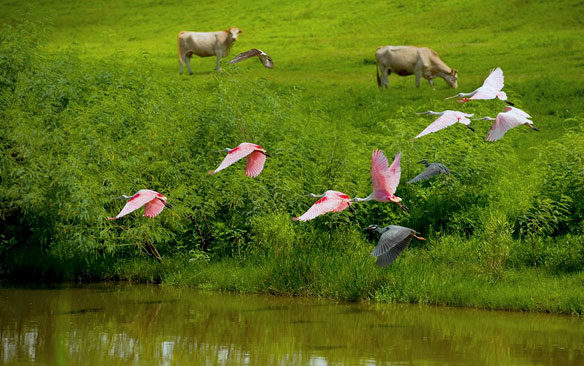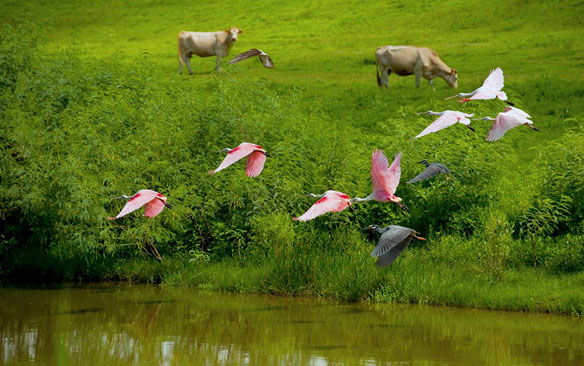
Gulf Oil Spill Bird Treatment in Louisiana. Photo source: ©© Brian Epstein / IBRRC
Excerpts;
To improve and ensure the efficacy of restoration efforts in the Gulf of Mexico following Deepwater Horizon — the largest oil spill in US history — a new report recommends a set of best practices for monitoring and evaluating ecological restoration activities.
The report finds that the majority of past U.S. restoration efforts have not been adequately monitored to assess or improve restoration efficacy. To date, monitoring activities have been dramatically underfunded, and very few programs monitor environmental and social results…
Read Full Article, Science Daily (07-26-2016)
BP Oil Spill Trashed More Shoreline Than Scientists Thought (04-20-2016)
The largest oil spill in U.S. history was even bigger than previously thought, at least in terms of the amount of coastline that was oiled, scientists report in a new study. The findings shed new light onto the BP Deepwater Horizon disaster in the Gulf of Mexico, which began six years ago…
Gulf of Mexico perinatal dolphin deaths likely result of oil exposure, NOAA (04-12-2016)
BP’s Oiled Animals: Where Are They Now? MNN (04-18-2013)
Across the northern Gulf of Mexico, which absorbed 200 million gallons of crude oil in 2010, the disaster still isn’t over. This Earth Day marks its third anniversary, highlighting a gradual shift from in-your-face emergency to subtle, behind-the-scenes villain…









